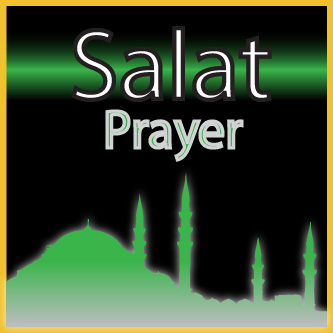Question:
Assalam O Alaikum.
I want to ask if the Holy Prophet (S. A. W. W) used to wear stones such as Feroza (turquoise) and Aqiq? If yes can I also wear both these simultaneously considering it a Sunnah of the Holy Prophet (S. A. W. W).
What is the sunnah method of wearing these stones?
JAZAKALLAH
Answer:
Salam `alaykum,
It is Sunnah to wear the ring with the gemstone turned outward to the back of the hand (zhahir al-kaff) since that is how Ibn `Abbas said the Prophet (upon him blessings and peace) wore it, and how Ibn `Abbas himself wore it, – on the smallest finger of his right hand – as narrated by Abu Dawud and al-Tirmidhi in their Sunan, and the latter said al-Bukhari told him it was a “hasan sahih” hadith.
As for turning the flange or ring-setting (fass) palmward (batin al-kaff), Imam al-Bayhaqi clarified in his “Monograph on Signet-Rings” (al-Jami` fil-Khatim) that the most probable case is that wearing the ring turned toward the palm was when the Prophet (upon him blessings and peace) had first worn a gold ring and on it was inscribed Muhammadun Rasul Allah, whereupon people started wearing such rings then he threw it away and said on the minbar: “I used to wear a gold ring with its gemstone turned toward the palm. I shall never wear that again.” After that he took a silver signet-ring with the same inscription which he used as a seal to sign letters without wearing it, and he ordered that no one use the same inscription as he used. Al-Bayhaqi added “it is also possible that he wore the silver ring with the stone turned toward the palm, Allah knows best.” Al-Bukhari’s narration mentions “a gold or silver ring” in the above account.
Al-Nawawi and al-`Iraqi explained the reasons for which the Prophet (upon him blessings and peace) turned his ring inward as follows:
– because it is farther away from ostentation and pride;
– for the protection of the naqsh (inscription) on the ring lest any
hard-hitting contact alter it, which would mar the signature;
– to keep it from prying eyes (both Muslims and non-Muslims) lest its
inscription be duplicated;
– for the reason mentioned below by Ibn al-Mundhir.
The literal Sunnah here would be for the gemstone to have an inscription, as the Prophetic reason for keeping a signet-ring in the first place was utilitarian (to sign letters) and not aesthetic. Yet beautification (tazayyun) is permitted for the believer or rather encouraged, without ostentation.
It is also established that the Prophet (upon him blessings and peace) wore it on both the right and the left hand, and Shaykh Sulayman al-Jamal in his commentary on al-Tirmidhi’s Shama’il said that both hands are Sunnah as long as the ring is on one of the last two fingers of the hand, but the right hand is a superior Sunnah. Al-Qari in his Sharh al-Shama’il, however, states that wearing it on the left is farther from ostentation, especially on the little finger, and especially with the setting turned inwards, and Allah knows best.
Ibn Hajar said: “If one wears a ring for beautification then the right hand is more deserving; if for a signature-seal then the left, as if for safe-keeping and in order to take it with the right hand at the time of signing. But in absolute terms the right is preferable since the left is used for cleaning oneself.”
Removing the ring before entering the latrine, as the Prophet (upon him blessings and peace) did, is when it contains an inscription similar to that mentioned above, but Ibn al-Mundhir said that even in that case it would be sufficient to turn the ring palmward at that time, as mentioned by al-Qari and others. The upshot is that if there is no inscription or if there is just a gemstone there is no precaution needed according to the Shari`a.
Wearing silver rings is detestable for women as it resembles the practice of men; but if they do not find or cannot afford gold they may wear yellowed (musaffar) silver jewelry. This shows that yellowed silver is detestable for men to wear and anything golden even if it is not gold, because it is the practice of women. Allah knows best.
Hajj Gibril Haddad






